From High Security to BIoT
e-shelter security was formed in 2003, in order to guarantee the physical security of e-shelter data centres. Since then, e-shelter security has developed into a leading technology...
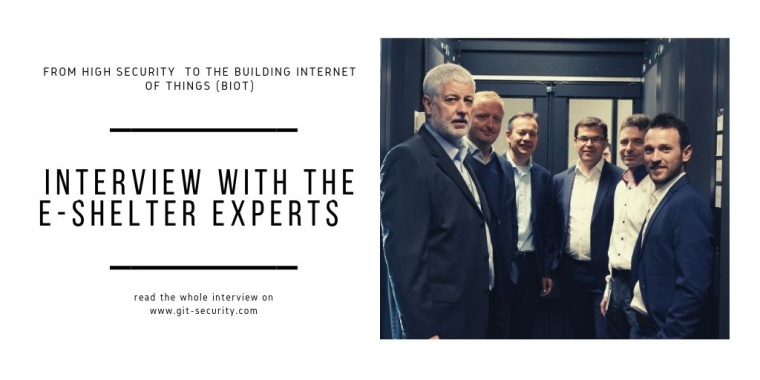
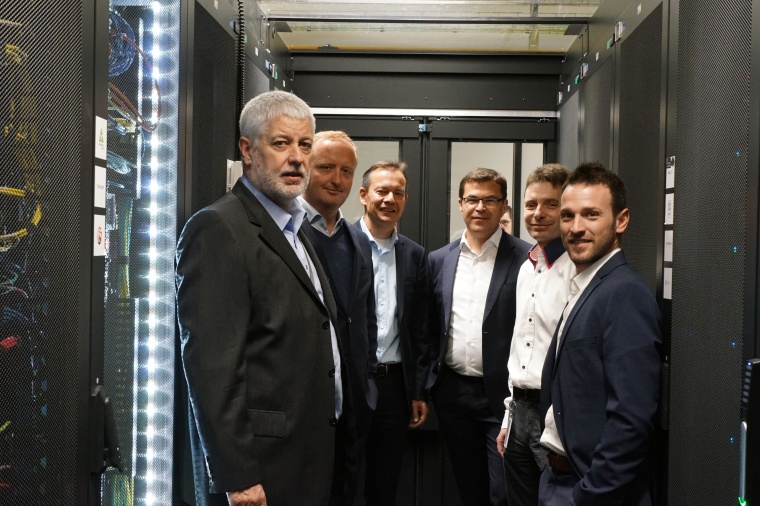
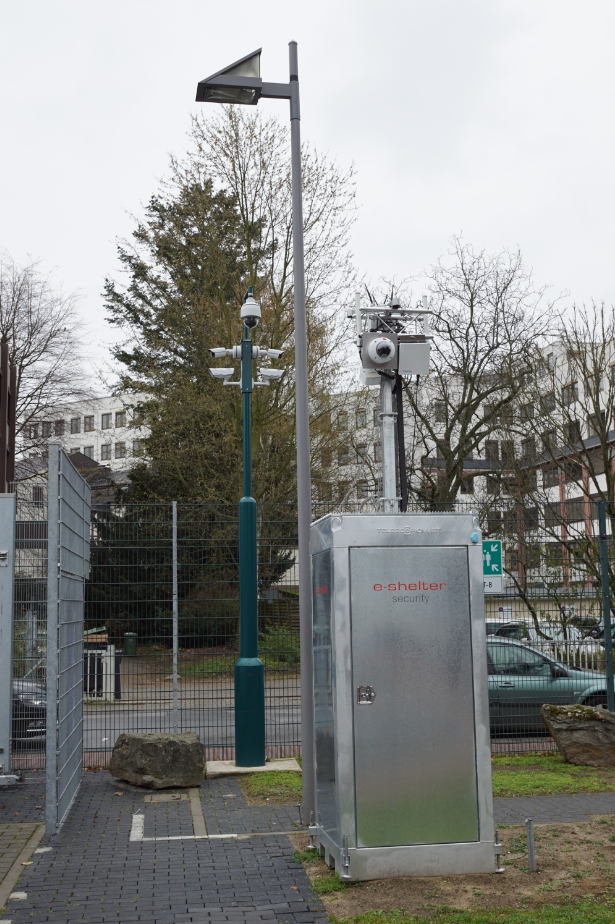
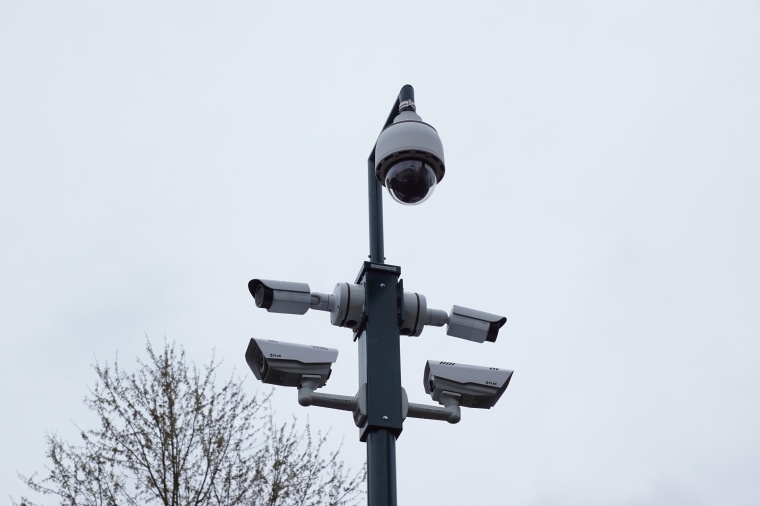
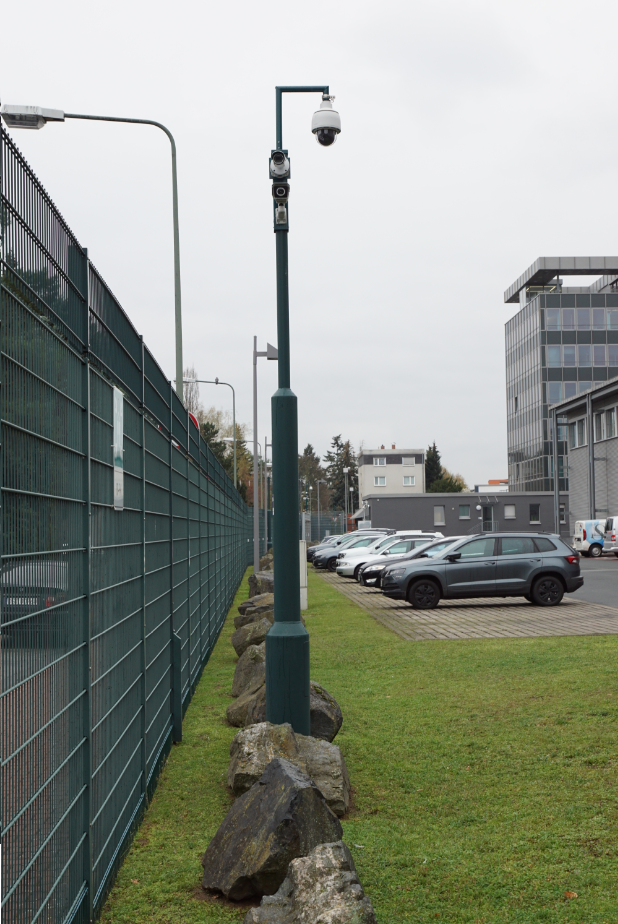
e-shelter security was formed in 2003, in order to guarantee the physical security of e-shelter data centres. Since then, e-shelter security has developed into a leading technology and service provider for security and the Building Internet of Things (BIoT).
With about 200 employees at locations in Frankfurt, Munich, Berlin and Bonn, the company creates integrated security solutions for e-shelter data centres all over Europe, as well as renowned technology companies and customers from the finance and consultancy sector. With the Building Internet of Things, e-shelter security is currently developing a new area of business, in which digitalisation solutions for Smart Commercial Buildings are linked to innovative security technology. We discussed with its two managing directors, Dr. Tristan Haage and Bernhard Scharf, as well as security technology and BIoT experts, Kai Friedrich and Matteo Lugaresi, how they and their company are creating an innovative range of solutions using security and new digital technologies and why they rely on Sony for video technology.
GIT SECURITY: What are the main challenges when it comes to protecting data centres and critical infrastructure and how do you overcome them?
Bernhard Scharf: With all projects, we begin by analysing the risk situation, protection objectives and use plan, before devising technical and organisational security concepts. When it comes to data centres, customers’ ideas and requirements are particularly multi-faceted and demanding. We attach a great deal of importance to being a one-stop-shop for all premium services – from planning and setting up security systems, to monitoring them at our own certified emergency call and service centres. This means that we manage a security system’s full life cycle, as well as the entire alarm chain. Data centres and critical infrastructure are characterised by the concentration of technology within an extremely small space, high expectations from users, who are often fierce competitors, high security requirements and a clustering of various security sectors with different requirements and user groups. This means that our task is to create a seamless security concept, which enables a wide range of users to interact harmoniously on a single campus. Clearly regulated access for all groups might sound easy, but it requires a great deal of technology, strict processes, cooperation and discipline from the customer, as well as comprehensive monitoring and all the documentation. The whole system must be fully secure, comprehensible for users and run smoothly, without unnecessarily slowing down processes.
What prompted you to also offer integrated security systems outside the data centre sector and in which markets are you active?
Bernhard Scharf: Based on our long-standing experience of providing security for data centres and complex projects, we have acquired “campus intelligence”, which we also offer to other companies with complex security challenges within the premium sector. We also manage the entire security system life cycle for customers within this sector. It is easier for us to implement less complex projects in sectors with lower security requirements, than to tackle high security projects for integrators, which do not have our experience. We concentrate on the German-Austrian-Swiss market, but have also created projects in Singapore, Geneva, Madrid and London, where customers were looking for our specific approach, reliable quality and innovative technologies.
What experience and expertise do you contribute?
Tristan Haage: First of all, we come with the right attitude. Reliable quality and innovation are in our DNA. At e-shelter security, we integrate “best of breed” technologies from all security technology sectors and do not rely on standard solutions. We combine them with digital technologies, which have first been tested in a proof of concept, so that the building or campus of the future becomes more intelligent and secure. We achieve this by means of a highly qualified interdisciplinary team of experts in video technology, access control and biometrics, network technology and cyber security. Our project leaders manage large and ambitious projects mainly in Germany, but also in other parts of Europe. Coming from the IT and data centre environment and with our parent company Investa, which has been developing real estate for 45 years, we also have unrivalled access to technology partners, proptech start-ups and the real estate market. What we bring from this environment is a corporate culture with a special dynamic and work rate, which are seldom found in traditional and established companies.
You prefer to use Sony cameras in your projects. What was behind this decision?
Kai Friedrich: We pay attention to high picture quality when selecting cameras and choose “best of breed” when it comes to video technology. Sony is well-known for very high quality image sensors and especially under poor light conditions. An additional factor for us when selecting systems is high quality with an extremely low failure rate. We use over 2000 Sony cameras, out of which only two have failed in the past due to a product defect. In any partnership, we value reliability and the excellent technical support that we receive. Our contacts at Sony Video Security advise us when we select products and plan facilities, especially when innovative solutions are needed and difficult decisions have to be made. When it comes to innovation, we see the new arrangement and partnership between Sony and Bosch as very positive. In terms of video analytics, image sensory technology and integration into projects, which require artificial intelligence, the partnership may prove a real asset for us as customers.
How important is the partnership with the provider – both during development and when security solutions are in operation?
Matteo Lugaresi: Very important. We gain a great deal by working with manufacturers, which share their roadmaps with us at an early stage. With Sony, platinum partners are able to test new systems before they are introduced onto the market. The use of new algorithms, intelligent video analysis, machine learning and AI are very important for a high security campus like e-shelter. Video technology is a technology driver for many applications and it is important to integrate and test new technologies together at any early stage, in order to find out what it is possible and when the limit has been reached. Integration of video technology with other digital technologies is especially important for us. Examples include linking of video to visitor management, or documentation of parcel box processes in a smart lobby. The use of video technology to record room occupancies in the smart building sector is another example of how we have already been working together closely since the development phase. A manufacturer’s portfolio should be wide-ranging and match our requirements. This extends from conventional applications for perimeter protection to applications in IoT systems. For example, we are currently testing facial recognition and people counting using Sony cameras and AnyVision software.
What is the cost of integrating individual systems in order to create an overall solution?
Kai Friedrich: Of course, it depends on the project, but the decisive factor is that we take our time and look after all aspects of the task, from planning to implementation and operation. Particularly for a security network, one of the most important questions concerns who will take care of systems for the customer when they are in operation, so that the solution continues to function for a long time. When it comes to video technology, integration of cameras into video management software is facilitated by effective cooperation between the camera manufacturer and VMS manufacturers. This applies particularly to less common models, which are used especially on the German market. In the future, this will be even more important. A major change will take place, as more intelligence is being built into the cameras all the time and they no longer just serve as imaging systems, whose data is then processed on the server or in the management systems, as is often still the case.
What are your plans for the new BIoT business sector?
Tristan Haage: BIoT is a strong growth market and we can see a huge backlog demand for digitalisation on the real estate market. We want to move away from the silo view of each individual professional field in the building and link cyber security to physical security and the IoT, in order to create a unique solution. Through our parent company, we have especially good access to real estate and campus projects, in which we are pioneers in the way that we combine the different worlds and provide security and digitalisation for the building and campus of the future. For example, it is used for the integration of mobile access control, recording occupancy of rooms and areas in real time by video, or digital visitor management with biometric reconciliation.
What is your view of cyber security for video surveillance and IoT solutions, which you contribute to Smart Building projects?
Matteo Lugaresi: Any IP devices that we integrate must not pose an additional threat to the system. Cyber attacks, with which we are familiar from the security technology sector, were not very highly developed and could have been prevented by taking simple technical measures on the relevant IP devices, responsible handling of passwords and by taking greater care when setting up systems. Whether it is security technology or BIoT, we adopt a consistent approach and include cyber security in the risk analysis, planning and operation of systems. We conduct penetration tests, as well as vulnerability scans using our own analysis system. In addition, for the purpose of incident monitoring, we work with leading IT security experts. But we are also continuously in contact with our technology partners, such as Sony, in order to identify potential cyber risks quickly and prevent risks, for example, by installing the latest security updates on the cameras. Of course, if only one firmware per camera series is available from the manufacturer, this facilitates installation of these updates. We test all devices before integrating them into a security system and also take a critical look at the provider before making our choice. This is especially vital for projects in the KRITIS environment.
The e-shelter Project
A wide range of video technology is used to protect the e-shelter data centres, combined with access control technology and a sophisticated security management system. Bullet network cameras from Sony and PTZ dome cameras form the backbone of the installation on the outer campus and along the perimeter. High resolution dome cameras are used in the actual buildings. Both inside and outside, the Sony cameras are frequently supported by Flir thermal cameras, which facilitate detection and video analysis. All video data is combined in the Cayuga video management system from Qognify, in which video analysis also takes place. All alarms from the video technology are merged with the access control data and fire alarm technology across all professional fields in Advancis Winguard.
All security and fire alarm systems from all data centres are activated in our own cluster of certified emergency call and service centres. The alarm, service and access control management are all controlled here, which is a complex task due to differing uses of the data centres. Each tenant or customer must be able to rely on the fact that only he has access to his area and the route is already protected. The visitor can reach his destination (for example, his data rack) from the campus entrance by means of a sophisticated access control system and innovative technologies, with only his authorisation having to be checked.
Business Partner
e-shelter securityEschborner Landstraße 100
60489 Frankfurt
Germany
most read


GIT SECURITY AWARD 2026 - The winners have been announced!
GIT SECURITY AWARD 2026: The best safety and security solutions of the year - now an overview of all winners

VIP-Lounge Interview: Marco Mille, Global Head of Security, Siemens AG
VIP in the World of Security: Marco Mille, Global Head of Security at Siemens AG
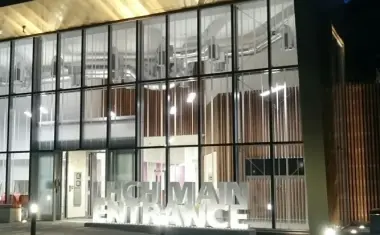
Liverpool Heart and Chest Hospital Transforms Security with Verkada’s Hybrid Cloud Technology
NHS Trust boosts safety and efficiency with Verkada’s cloud-managed cameras and AI-powered incident response

The Benefits of AI-based Video Surveillance Solutions for Sports Venues
Dallmeier Interview: Artificial intelligence Makes Stadiums Smarter









